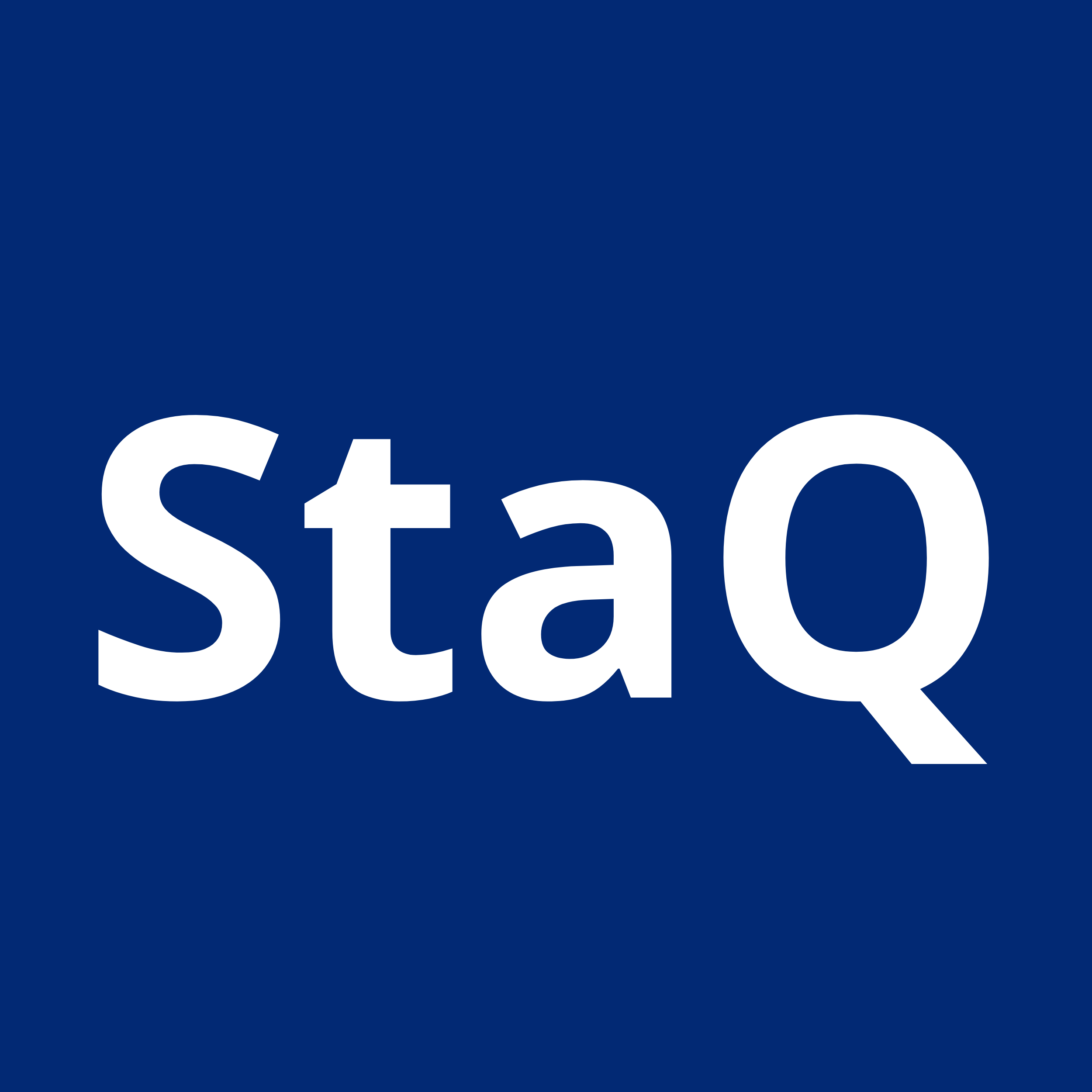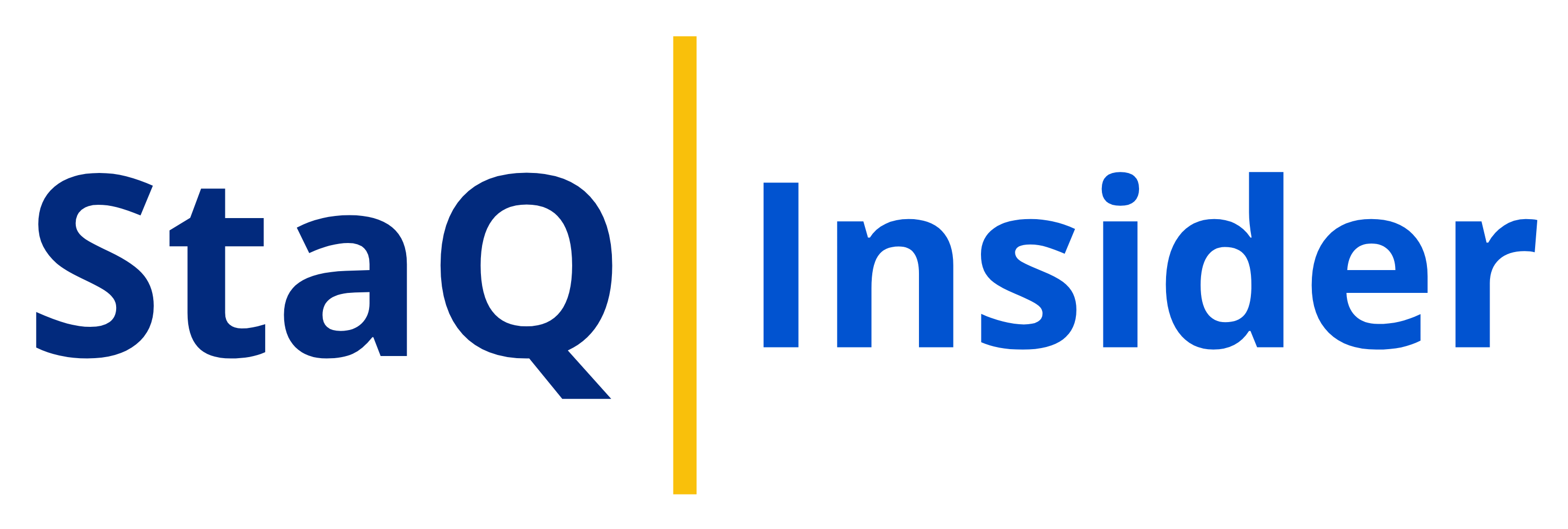After doing a lot of research, you have decided to buy new CRM software for your company because past customers have deemed it to be the greatest product available. Excellent work!
But simply putting a CRM in place is not sufficient. Ensuring that your employees use it with ease is what’s really important. A CRM will not increase sales and revenue by itself. Comprehensive training is required for your staff to fully benefit from it, and it can only be achieved through a well-planned adoption strategy. Let’s explore!
What is CRM adoption, and why should businesses prioritise it?
CRM adoption is the process of introducing and integrating CRM software into an organisation. It refers to how effectively a company’s employees use and embrace CRM software to manage customer interactions, sales processes, and other campaigns.
When you implement a new CRM tool, you want to ensure that teams get the most out of it. For businesses with insufficient training, laborious onboarding, complex features, and subpar user experiences, CRM adoption can be extremely difficult.
CRM adoption should be a top priority for businesses because:
-
It improves their understanding of the demands and preferences of their customers.
-
It enables companies to offer superior customer care and assistance.
-
It facilitates the tracking of all customer interactions and conversations.
-
It may boost client loyalty and satisfaction.
-
It aids companies in expanding their clientele and revenue.
All things considered, businesses aiming to increase their client base and retention rate will find great advantages in adopting CRM software.
Risks Associated with Poor CRM Adoption:
The adoption of CRM presents a number of challenges that compound to make the process difficult and result in an endless cycle of problems.
-
Inaccurate company Insights: Poor CRM adoption can lead to flawed data, which can skew company insights and influence incorrect plans and choices.
-
Low Employee Engagement: Underutilization and inefficiencies can occur when staff members refuse to use the CRM system because they are uninformed or do not comprehend it.
-
Loss of Customer Trust: Poor CRM implementation can result in lost chances to form enduring bonds with customers, which can have an adverse effect on loyalty and trust.
-
Wasted Resources: The financial line of the business may suffer if CRM software is purchased but not properly adopted, resulting in resource waste and poor implementation.
-
Problems with Data Quality: Inaccurate customer information resulting from poor management of data quality might impede CRM adoption and influence decision-making procedures.
-
Missed Sales possibilities: Sales teams may lose out on possibilities to close deals and experience a decline in revenue if they do not recognise the benefits of utilising CRM systems.
-
Lack of Executive Support: CRM adoption may be directionless and fail to integrate into the company’s workflow in the absence of top-level management engagement and support.
Most firms neglect user adoption difficulties when acquiring a CRM product. However, it is critical that they develop a solid adoption strategy from scratch and adhere to it throughout the CRM’s lifecycle.
Best Practices: How to Train Your Employees for a New CRM Tool
A systematic approach that takes into account multiple factors is necessary to train your staff members on a new CRM adoption. Here is a thorough strategy that includes the finest techniques for implementing CRM successfully:
-
Understand the Need:
Make sure that everyone in your team is aware of the motivation behind implementing the new CRM tool and how it fits in with the organization’s objectives before starting the training process. Highlight the advantages of their everyday operations and efficiency.
-
Assess Existing Knowledge:
Evaluate your employees’ current level of familiarity with CRM systems in general and the specific tool you’re implementing. This will help you tailor the training to their needs and ensure that no one is left behind.
-
Develop a Training Plan:
Create a detailed training plan that covers all aspects of the new CRM tool. This should include modules on basic navigation, data entry, reporting, automation, and any advanced features specific to your business needs. Consider offering different training tracks based on job roles and responsibilities.
-
Leverage Multiple Training Methods:
Employ a blended learning approach that combines different training methods to cater to various learning styles. This could include instructor-led sessions, self-paced online modules, video tutorials, hands-on workshops, and job aids or quick reference guides.
-
Provide Hands-on Practice:
Encourage employees to actively participate in the training by providing them with realistic scenarios and sample data to work with. This hands-on approach will help them become more comfortable with the tool and reinforce their learning.
-
Identify Super Users:
Designate a group of “super users” or power users from different teams or departments. These individuals will receive advanced training and act as internal champions, providing ongoing support and guidance to their colleagues.
-
Communicate Continuously:
Maintain open lines of communication throughout the training process. Encourage employees to ask questions, provide feedback, and share their experiences. This will help you identify and address any potential roadblocks or areas that require additional attention.
-
Offer Ongoing Support:
Recognize that learning a new CRM tool is an ongoing process. Provide ongoing support through various channels, such as a dedicated helpdesk, online forums, or regular refresher sessions. This will ensure that employees have access to the resources they need as they continue to use the tool.
-
Reinforce and Measure Success:
Regularly reinforce the importance of using the new CRM tool and celebrate small wins and successes. Establish Key Performance Indicators (KPIs) to measure the adoption rate, data quality, and overall effectiveness of the tool in improving business processes.
-
Continuous Improvement:
Treat the training process as a continuous improvement cycle. Regularly gather feedback from employees, analyze usage data, and identify areas for enhancement or additional training needs. Adapt your training approach accordingly to ensure sustained adoption and effective utilization of the new CRM tool.
By following this comprehensive approach, you can ensure that your employees are well-equipped to leverage the new CRM tool effectively, leading to improved customer relationships, streamlined processes, and better business outcomes.
What is a CRM Adoption Rate?
A CRM adoption rate refers to the percentage of intended users within an organisation who are actually using the CRM system. It measures the level of adoption and utilization of the CRM software among employees, teams, or departments that were expected to use it as part of their roles and responsibilities.
The adoption rate is an important metric because a low adoption rate indicates that the CRM system is being underutilized, which can prevent an organization from realizing the full benefits and return on investment from implementing the CRM solution.
What are the Benefits of having a High CRM Adoption Rate?
Implementing effective CRM software into your business could be a game-changer for your sales force. Your team has all the resources necessary to develop amazing sales processes and unforgettable customer experiences when they are used effectively.
Here are the main benefits of having a high CRM adoption rate among the staff:
-
Enhanced Productivity of Sales Teams:
A well-implemented CRM software automates tasks, allowing sales teams to focus on building customer relationships and providing real-time access to customer information.
-
Competitive Advantage:
High CRM adoption enables businesses to leverage cutting-edge features in customer relationship technology, setting them apart from competitors.
-
Reduced Support Queries:
Proficient CRM users require less IT support, promoting self-reliance and efficiency within the team.
-
Improved Customer Satisfaction:
Strong CRM adoption empowers businesses to understand customer needs better, leading to personalized service and increased customer satisfaction and loyalty.
-
Enhanced Data Analysis:
High CRM adoption rates provide valuable customer data for identifying trends, making informed decisions, and driving business growth.
-
Enhanced Collaboration:
Widely adopted CRM systems facilitate better collaboration and communication within organizations, improving teamwork and customer service.
-
Increased Revenue:
Effective CRM adoption can boost sales, reduce costs, and improve the bottom line by enhancing customer satisfaction, efficiency, and data management.
-
Efficient Sales Processes:
A high CRM adoption rate streamlines sales processes, automates tasks, and allows sales teams to focus on important customer interactions.
-
Personalized Customer Service:
Understanding customer preferences through CRM data enables businesses to provide personalized services, leading to happier and more loyal customers.
-
Business Growth:
By utilizing CRM data for analysis and decision-making, companies can identify opportunities for growth, increase revenue, and improve overall profitability.
How can you make your CRM Adoption Easier?
Choosing the right CRM software is crucial for successful adoption and maximizing its benefits within your business. Every organization has unique requirements, processes, and goals, making it essential to select a CRM system that aligns with your specific needs. A misaligned CRM can lead to inefficiencies, user frustration, and hindered adoption, undermining the potential advantages it offers.
This is where STAQ.ai can help businesses find the right CRM software and make adoption easier. By partnering with STAQ.ai, businesses can confidently choose the most suitable CRM solution, facilitating easier adoption, higher user engagement. Ultimately, better customer relationships and business growth.




